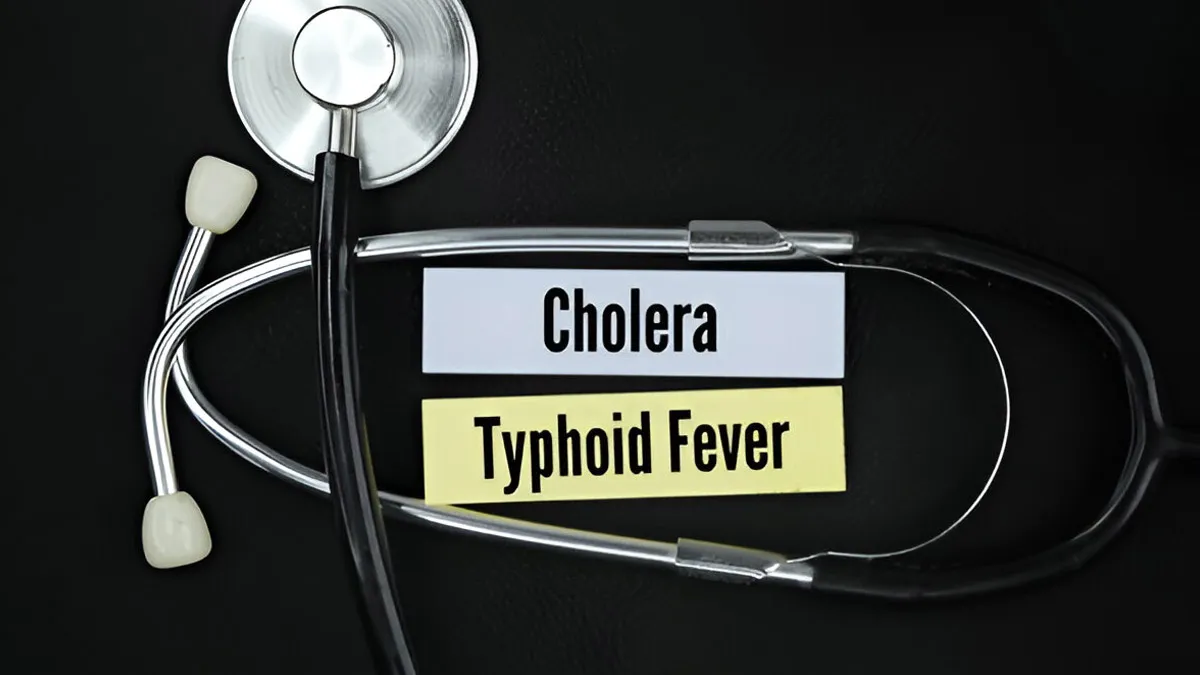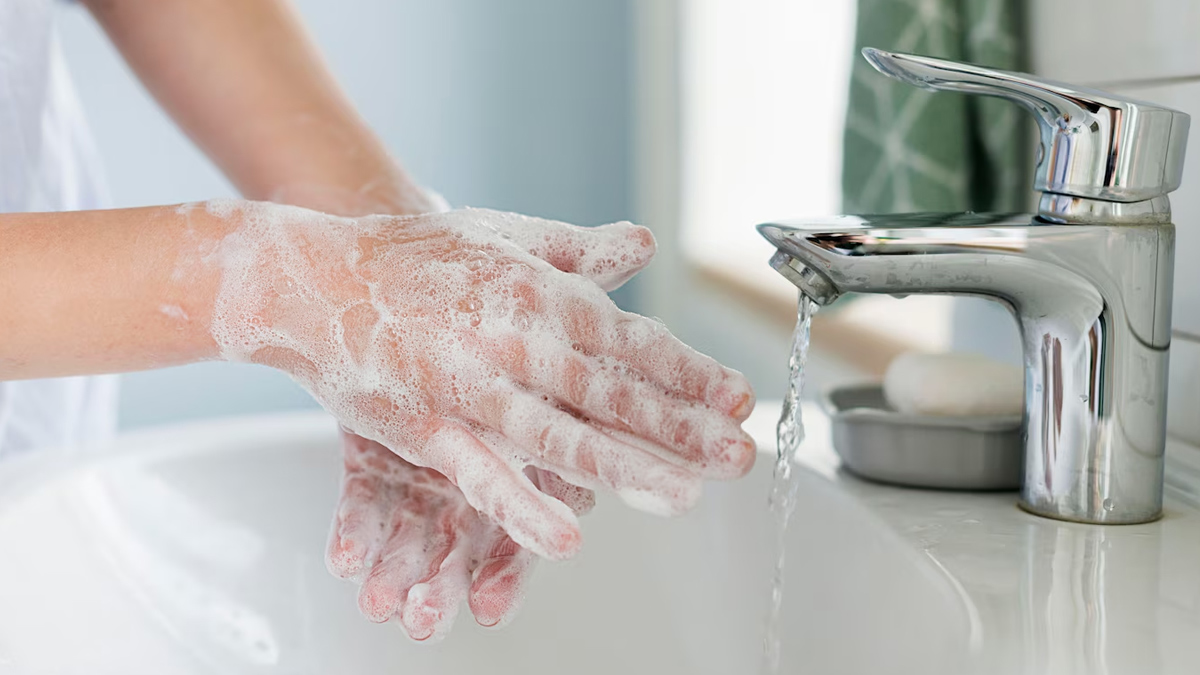
As Delhi continues to navigate monsoon and post‑monsoon seasons, healthcare professionals are increasingly concerned about a noticeable surge in bacterial infections, particularly typhoid and cholera-like illnesses. While official national numbers are yet to be formally released, frontline doctors and hospitals have flagged worrying trends that demand both awareness and action.
Table of Content:-
Typhoid Takes Centre Stage

In an interview with a media organisation, an expert from Fortis Memorial Research Institute, reported a noticeable increase in typhoid cases among patients visiting the outpatient department over the last few weeks.
The expert explained that they usually see one or two cases of typhoid a month, but with the onset of the monsoon, this number has risen to close to 7-8 cases a week in the hospital. Although we typically see a peak in mid-August, this time around, cases have started coming in before their due time. Experts attribute this rise to the heavy rainfall in the city during this monsoon season.
Also Read: Monsoon Woes: How To Prevent Typhoid Fever This Rainy Season?
Watch Out For The Symptoms
Symptoms commonly reported include persistent high fever, fatigue, headache, abdominal discomfort, altered bowel habits, and sometimes a dry cough or reduced appetite. Do not ignore the importance of early blood culture testing, ideally within the first week, to improve outcomes and avoid complications. Treatment typically involves antibiotics, particularly in regions where resistance to older antibiotics is common.
How To Prevent Typhoid And Cholera

Typhoid thrives in poor sanitation conditions and contaminated water, which are precisely what monsoon-affected infrastructure has created in parts of Delhi. Protective measures like boiling or purifying water, hand washing, avoiding street food, and vaccination, particularly for children and high-risk residents, are necessary to stem the tide.
Although India has not been specifically mentioned as a focus for cholera in the latest World Health Organization (WHO) global reports, the overall South-East Asia region had 363 cases of cholera/AWD from January through May 2025, with 34 of those confirmed cases occurring in India, although no fatalities were recorded. That relatively small number does continue to raise concerns, considering how outbreaks can spread so rapidly in regions with sanitation issues.
Globally, WHO reported over 52,000 new cholera/AWD cases in May 2025 alone, a 35% rise from April, with more than 2,100 cases in South-East Asia earlier in the year. While India’s confirmed figure remains small in comparison, favourable environmental conditions, warm weather, heavy rains, and poor drainage can trigger the rapid spread of waterborne pathogens, including cholera, especially in urban pockets with compromised infrastructure.
Also Read: What Is Cholera? Doctor Explains Causes, Symptoms And Preventive Measures
Management Tips: Monitoring, Testing, Preventing
- Test Early: If fever lasts beyond 48–72 hours, test early for typhoid (via blood culture), dengue, and malaria. Don't self-medicate.
- Prioritise clean water: Boil or filter drinking water; skip street food or raw vegetables unless you can be sure of hygiene.
- Vaccination: Typhoid vaccines (Vi polysaccharide or conjugate strains) provide preventive cover, particularly for children and high-risk persons.
- Hydration support: Early use of ORS (oral rehydration salts) can prevent dehydration in diarrhoea or cholera-like illness.
- Masking and hygiene: While primarily protective against respiratory infections, consistent masking and hand hygiene also help reduce overall pathogen spread.
[Disclaimer: This article contains information for informational purposes only. Hence, we advise you to consult your professional if you are dealing with any health issue to avoid complications.]
Also watch this video
How we keep this article up to date:
We work with experts and keep a close eye on the latest in health and wellness. Whenever there is a new research or helpful information, we update our articles with accurate and useful advice.
Current Version